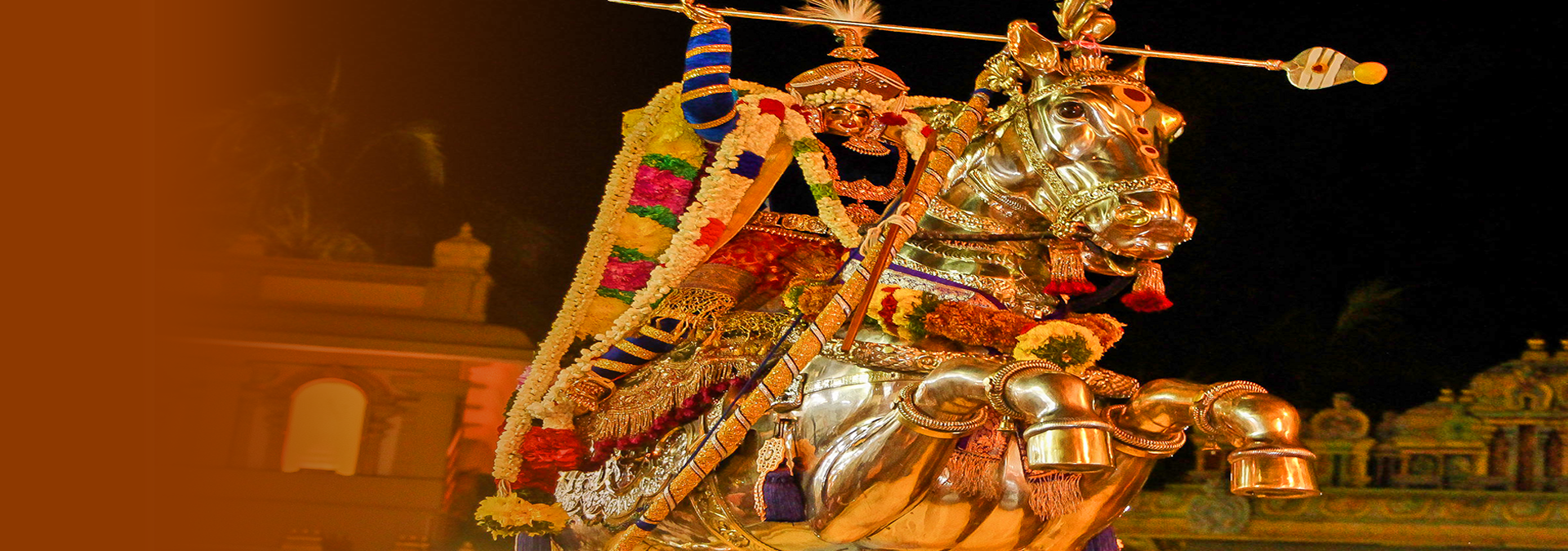
Sri Thendayuthapani Temple
Festivals
Karthigai (Monthly)
This day denotes the occurrence of the Karthigai Nakshatram every month, as per the Tamil Calendar. On this day a special seva and pooja takes place at Sri Thendayuthapani Temple and free lunch is offered to the devotees at the Kalyana Mandapam. On the Karthigai day, in the evening, there will be a Swamy Procession in Peacock Vahanam within Sri Thendayuthapani premises. The Karthigai Nakshatram is of great importance to Lord Muruga, as it is considered as his birth star. When it falls on a Monday and occurs during the month of Karthigai, it is considered sacred. On this day, the devotees usually fast and offer special prayers to seek blessings.
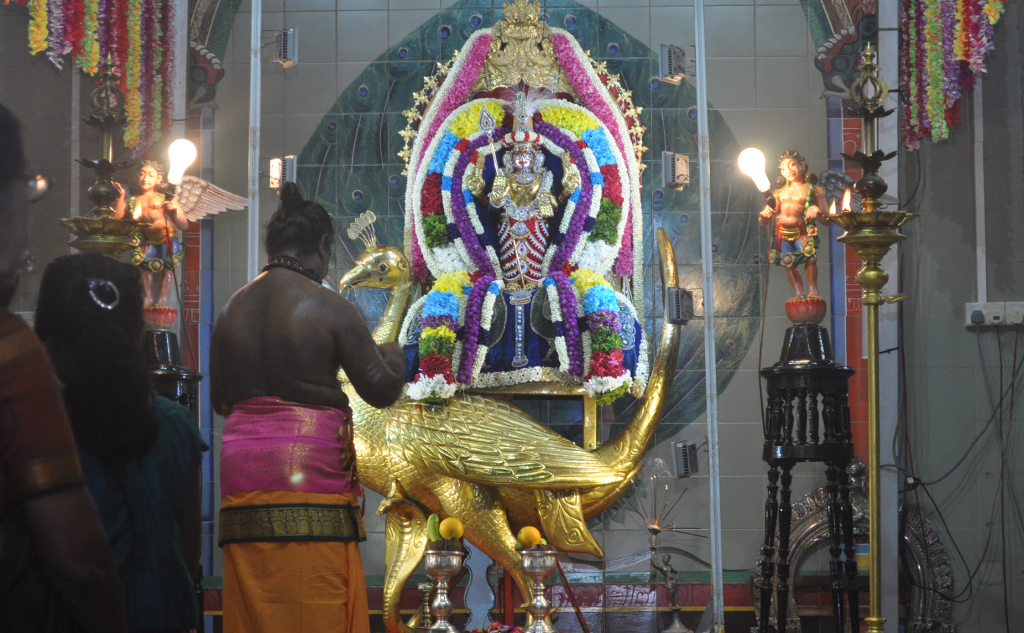
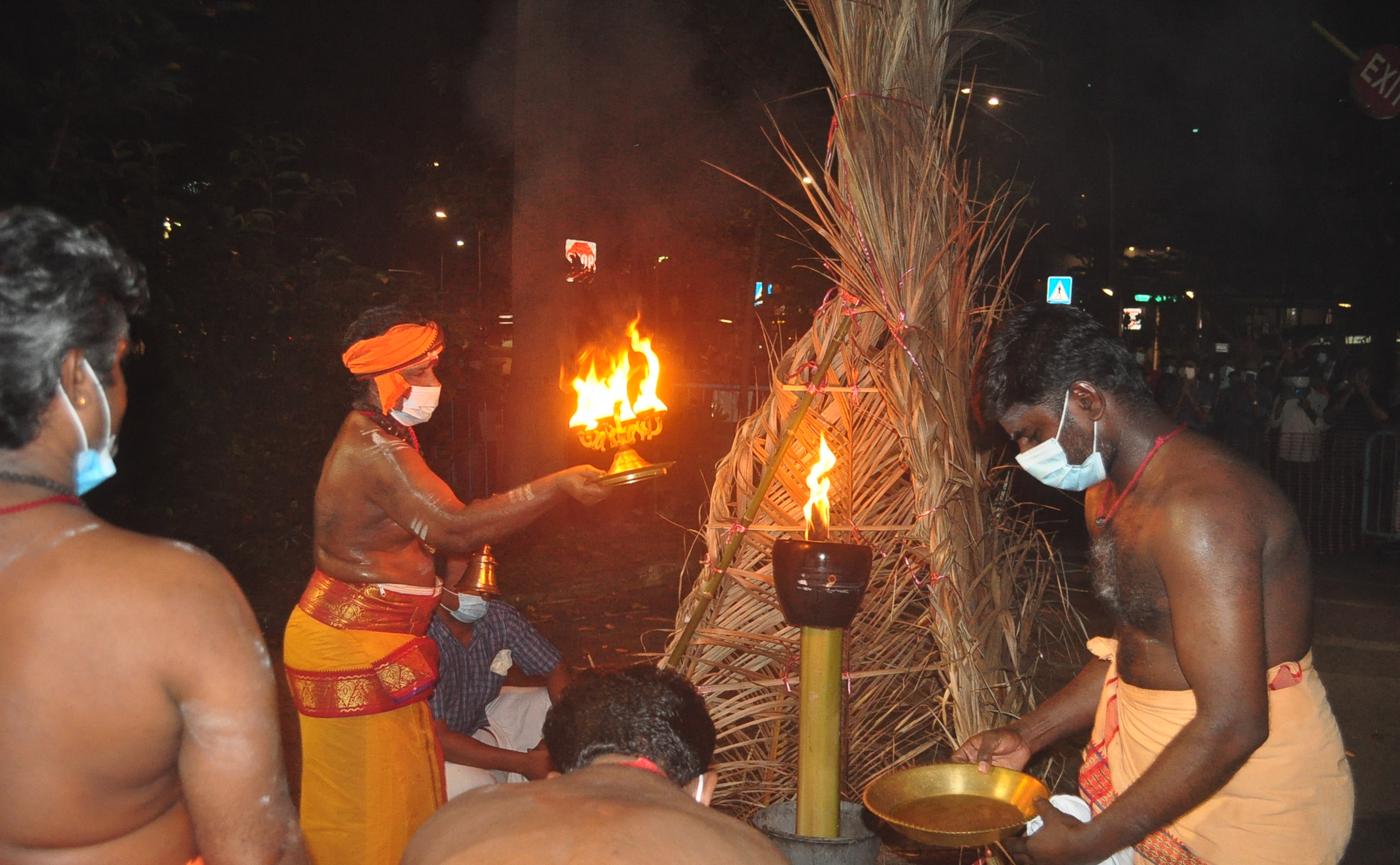
Thiru Karthigai
Karthigai Deepam is a festival of lights celebrated by Tamil Hindus on the full moon day of Karthigai month (November/December). This occurs on the day when the moon is in conjunction with the constellation Karthigai and Purnima. The occurrence of Karthigai Nakshatram in the month of Karthigai is celebrated as Thiru Karthigai. This constellation appears as a group of six stars in the sky as a shape of a pendant from the ear. Many legends and lyrical poetry have grown round this star. The six stars are considered in Indian mythology as the six celestial fairies who reared the six babies in the Saravana tank which later were joined together to form the six faced Muruga. He is therefore called Karthikeya, the one brought up by the Karthigai fairies. Houses and streets are lit up with rows of oil lamps (Deepam) in the evening of the festival day
Skantha Shashti LetchaArchanai
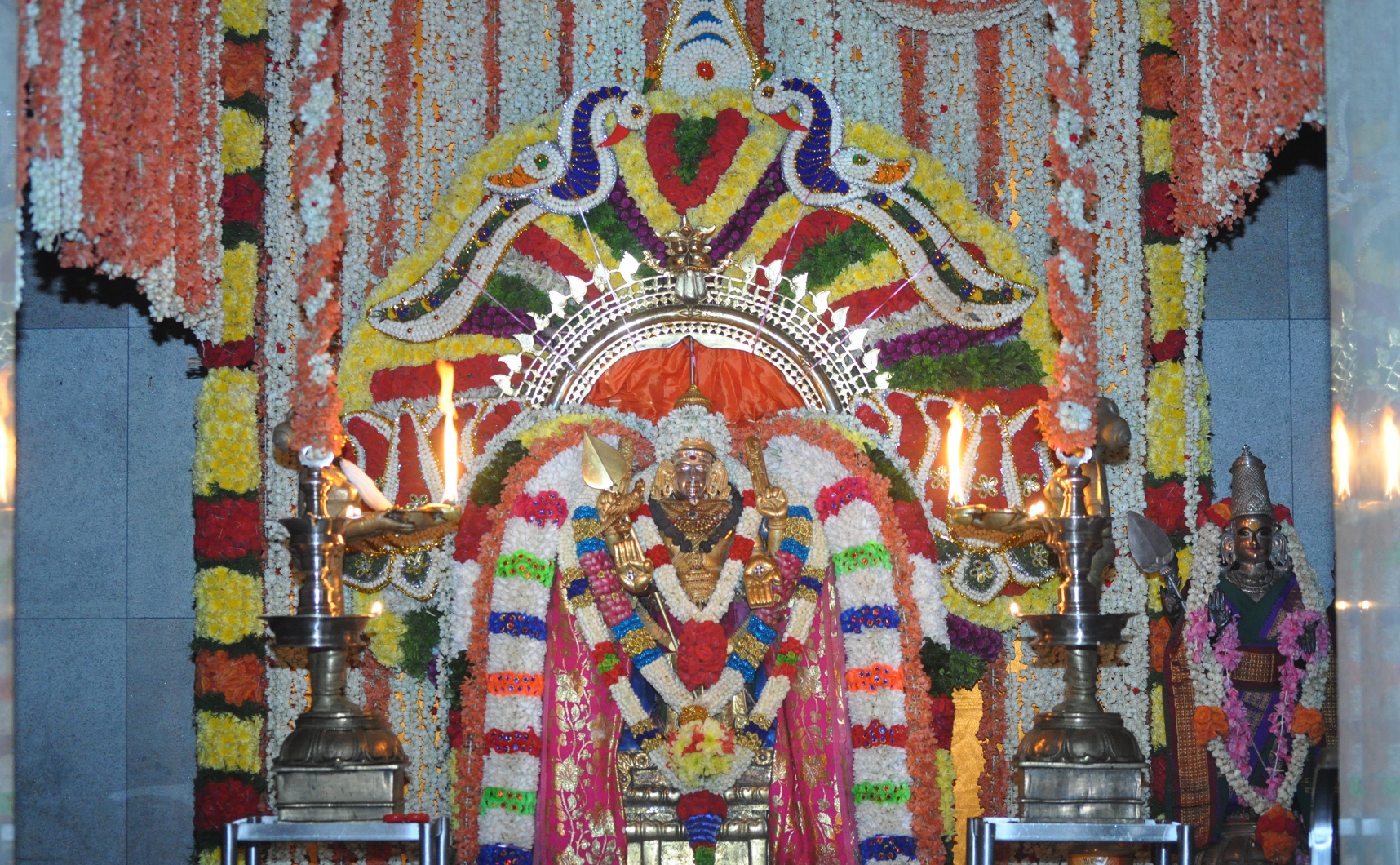
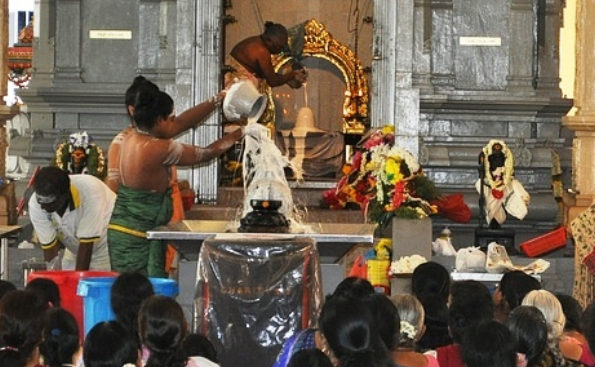
Pradosham
Maha Sivaratri
Sivaratri is of special importance to the Lord Sva. This also occurs once every month, the date depending upon the position of the grahas (planets). Not many people undertake any special prayers on this day. But specifically, Maha Sivaratri, which occurs during the month of Maasi, (last half of February and the first half of March) is celebrated with great pomp by devotees.
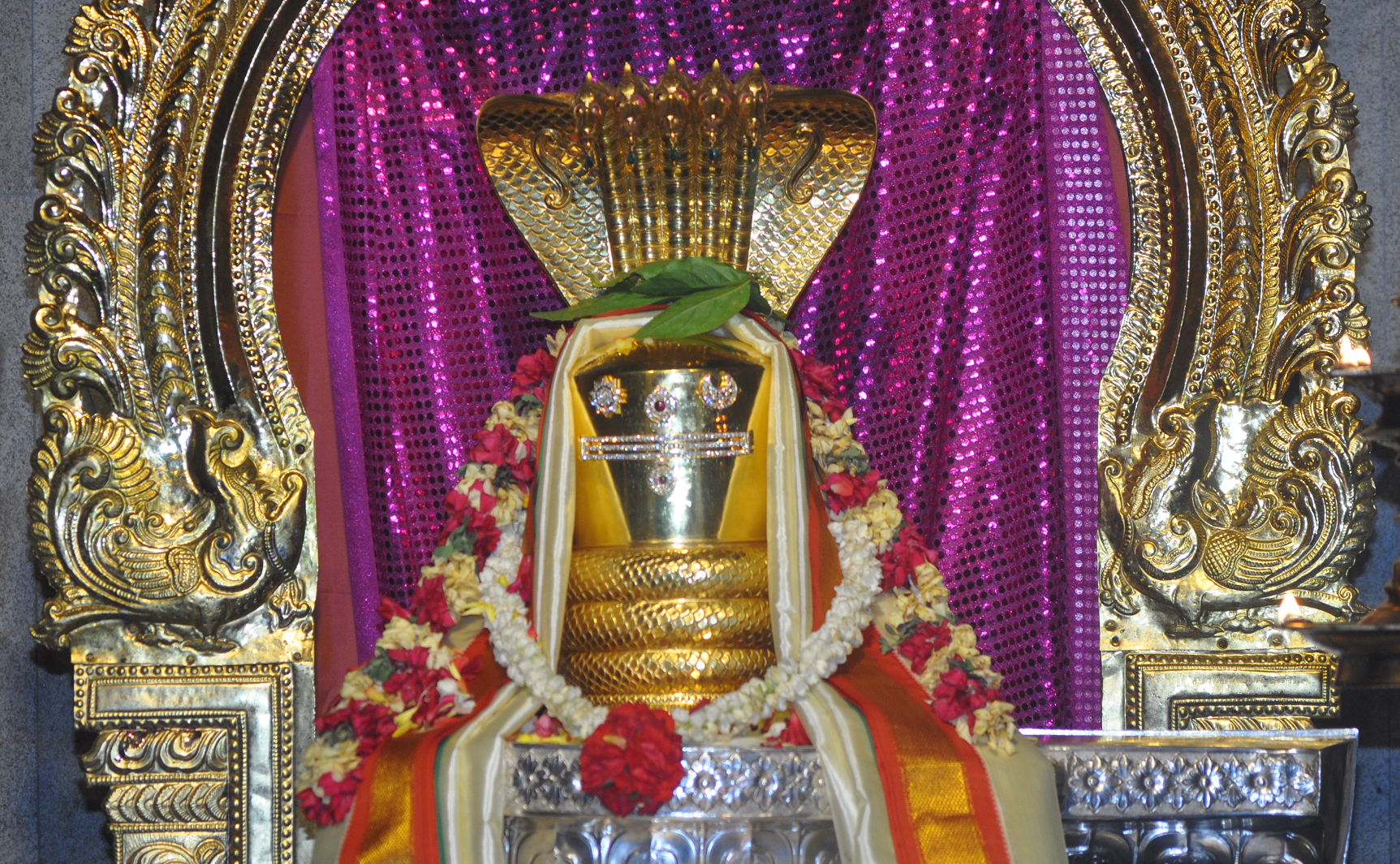
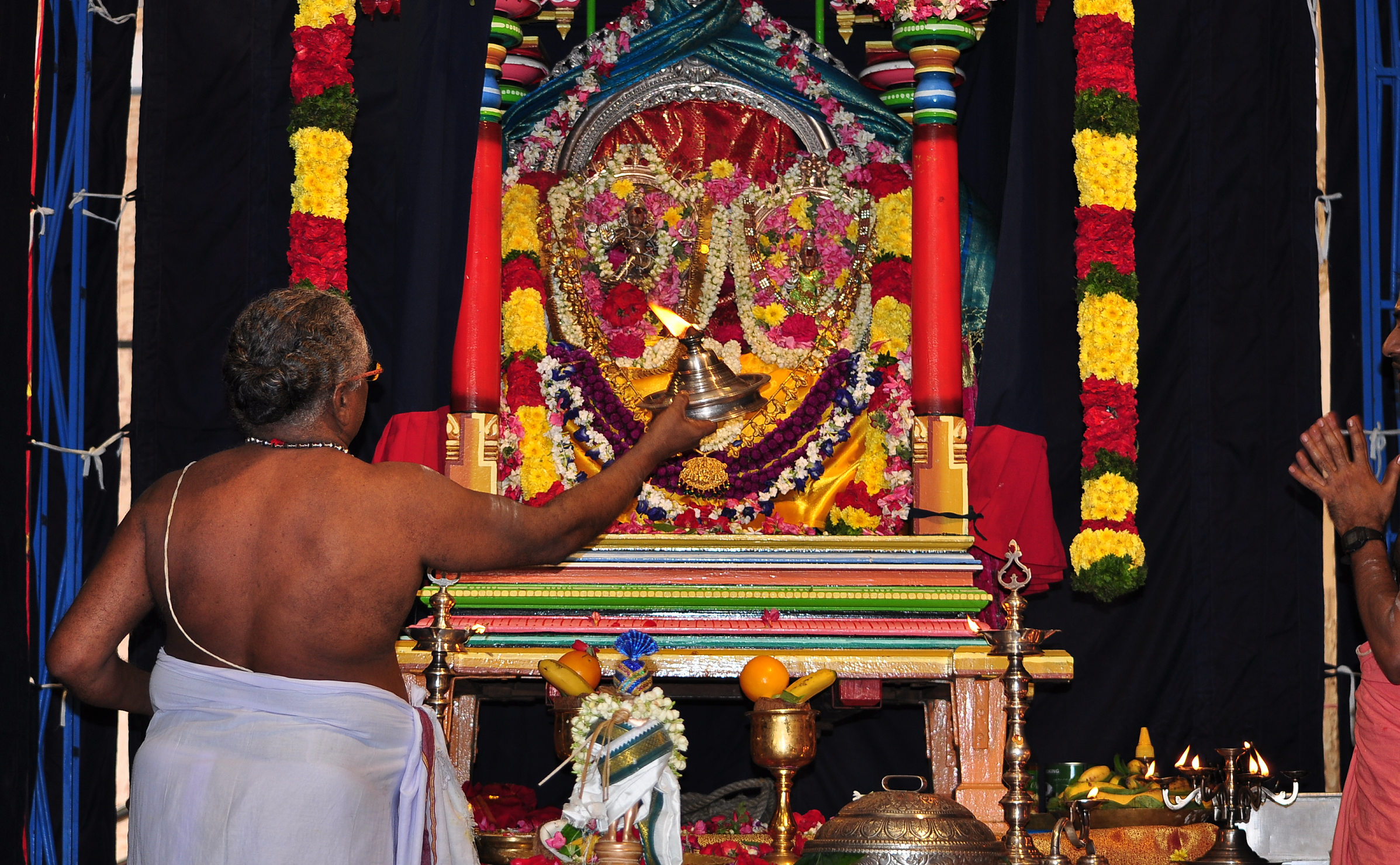
Aaruthra Dharisanam
Out of the 27 stars (natchathiram), the star Thiruvathirai, famously called as “Thiru” is the star of Lord Shiva. According to myth, this star is supposed to be bigger, brighter and hotter than the Sun. The 27 stars occur repeatedly every Tamil month. The Thiruvathirai star that occurs during the Tamil month of Margazhi on “Pournami Tithi” is worshipped as, “Aaruthra Dharisanam”. On this day, Lord Shiva also known as Natarajar or Nataraja Peruman in the popular Tamil Nadu town of Chidambaram showcased his divine acts in front of the sages – Vyakirapaathar and Pathanjali. The same day is also celebrated as the divine birth of sages – Thirugnanasambandar and Manickavasagar.
Guru Poojai
“Guru” in Hindu religion depicts a human with teaching skills and considers him powerful, next to the almighty. A Guru is to be treated with high esteem, respect and dignity. Sometimes God himself incarnates as Guru and people worship the Guru. This is referred to as Guru Bhakti. Even though the appearance is in the form of human, he is different from us. Guru stands for one who eliminates the darkness of ignorance and gives light of wisdom. Lord Shiva, the supreme god of Hindu religion is the one who is empowered to offer “Mukthi” to fellow human beings. “Mukthi” in Hindu religion is to achieve the lotus feet of the God after one’s passing.
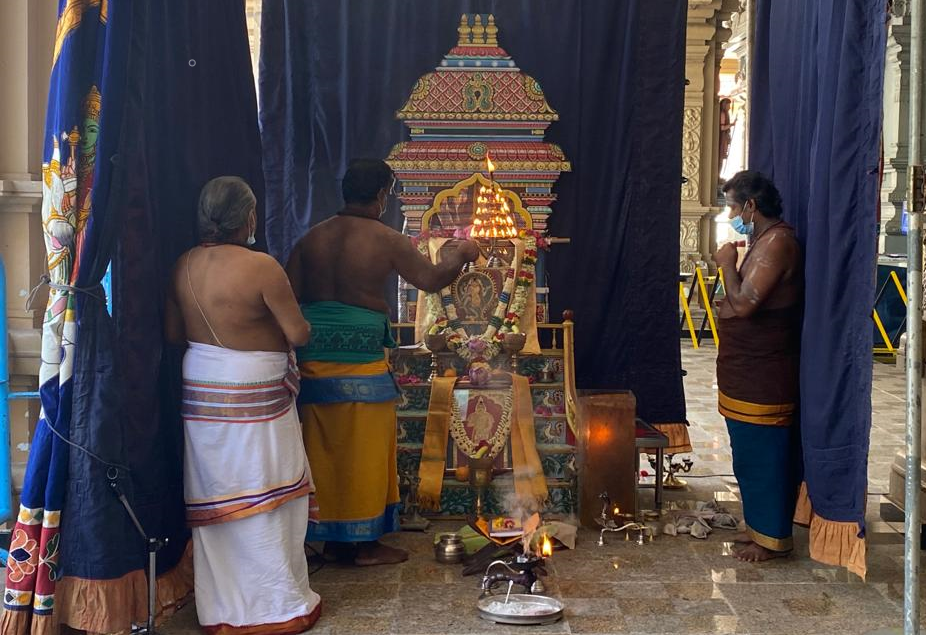
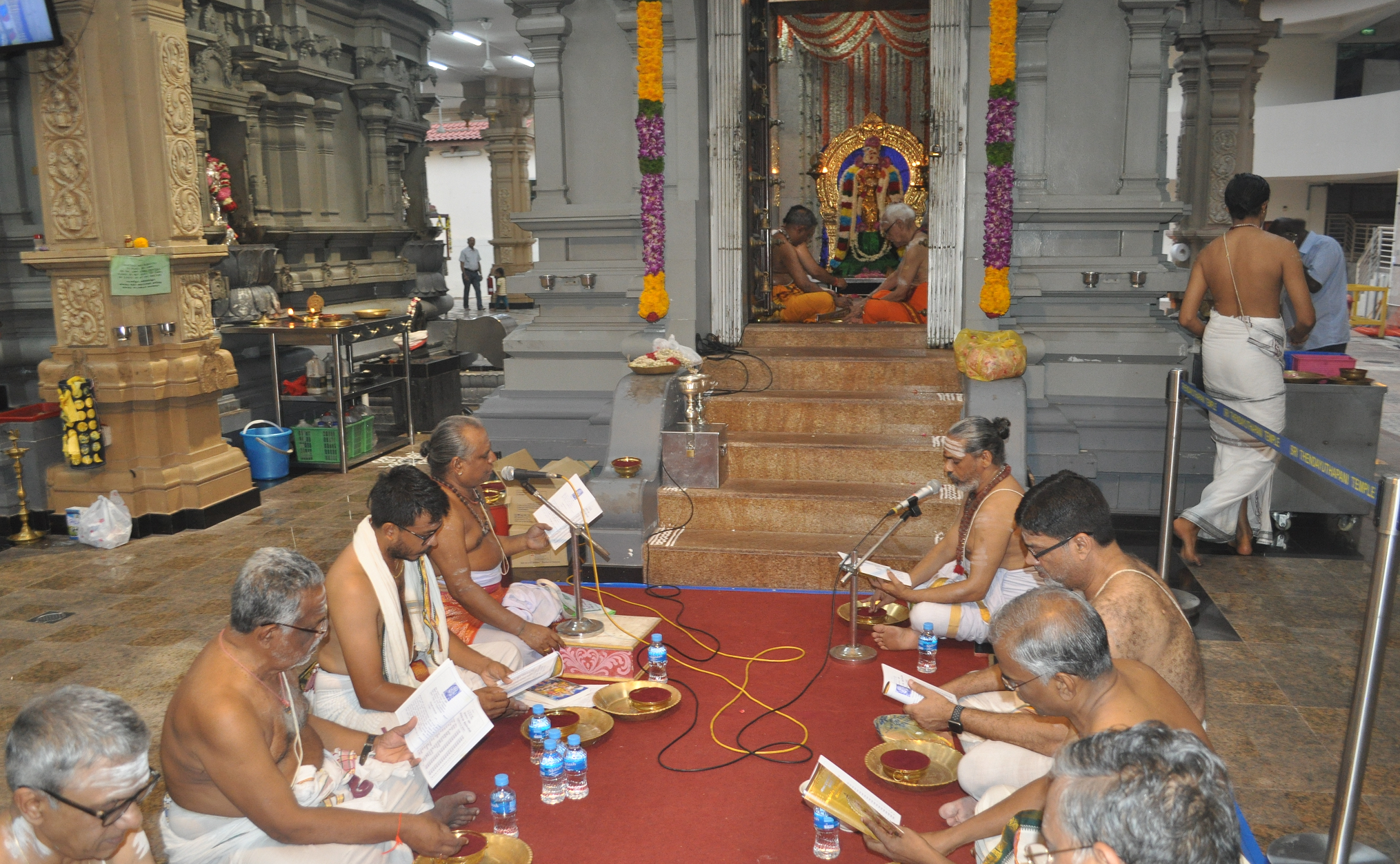
Sri Meenakshi Amman Letcha Archanai
The famous Meenakshi Amman temple, Madurai, Tamilnadu State, India celebrates “thirukalyana urchavam” – celestial marriage for Lord Sundareswarar and Goddess Meenakshi Amman – every year during the Tamil month of Chithirai (April), on Uthiram star. In conjunction with this Sri Thendayuthapani Temple performs Letcharchanai to Goddess Meenakshi Amman. Letcha stands for Hundred Thousand and Archanai stands for Chanting of Mantra. Chanting One Hundred Thousand Mantra on Goddess Meenakshi Amman is done during the Tamil month of Chithirai (April) on the following days. It commences on the day of Magam star, followed by Pooram star and concludes on Uthiram star. Every evening 12 Sivacharyas recite the mantras for three consecutive days. Every day each Sivacharya will recite 1008 Mantra 3 times. These three days of chanting by 12 Sivacharyas constitutes the Hundred Thousand Mantra, called Letcharchanai.
Sri Durgai Amman Letcha Archanai
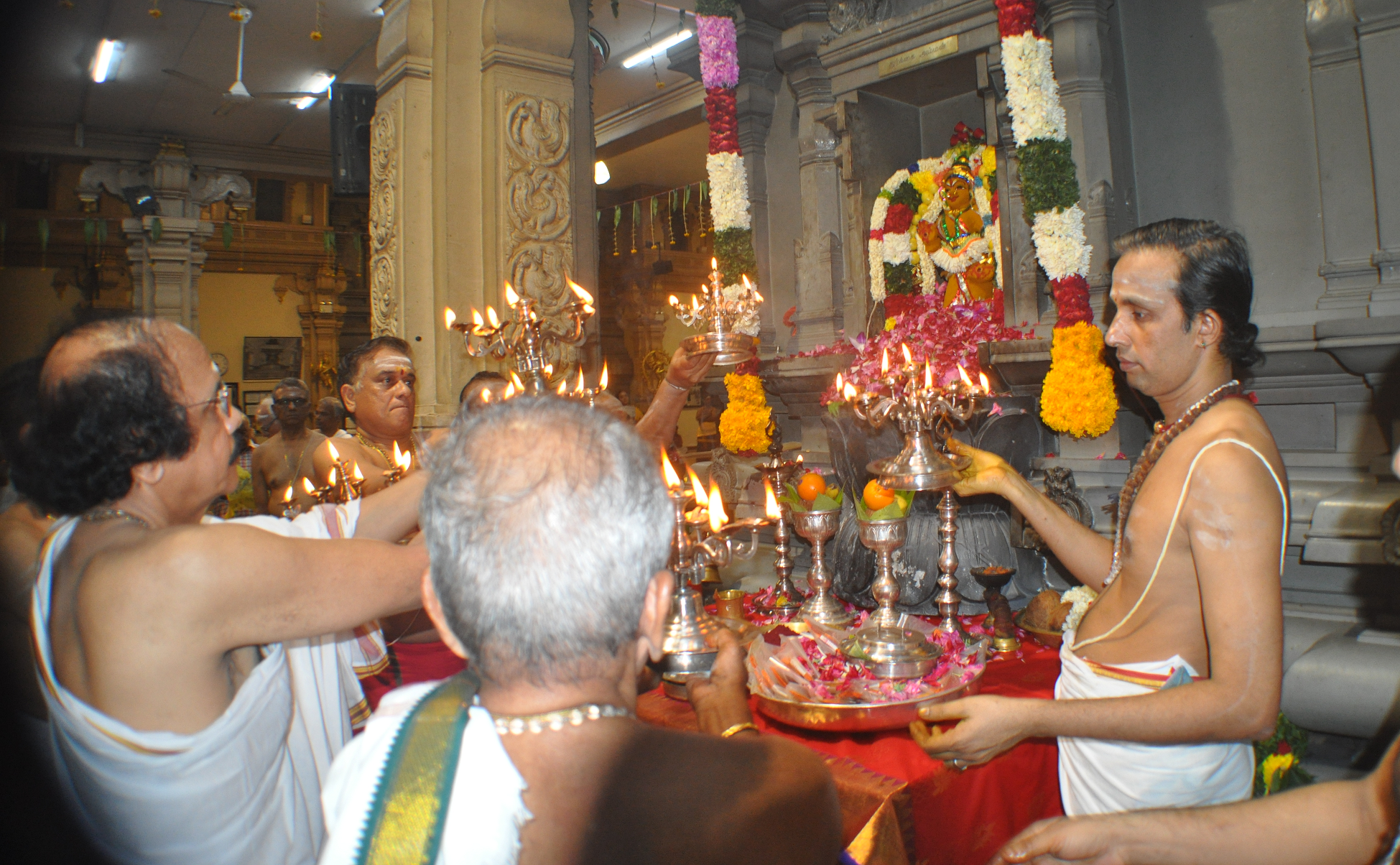
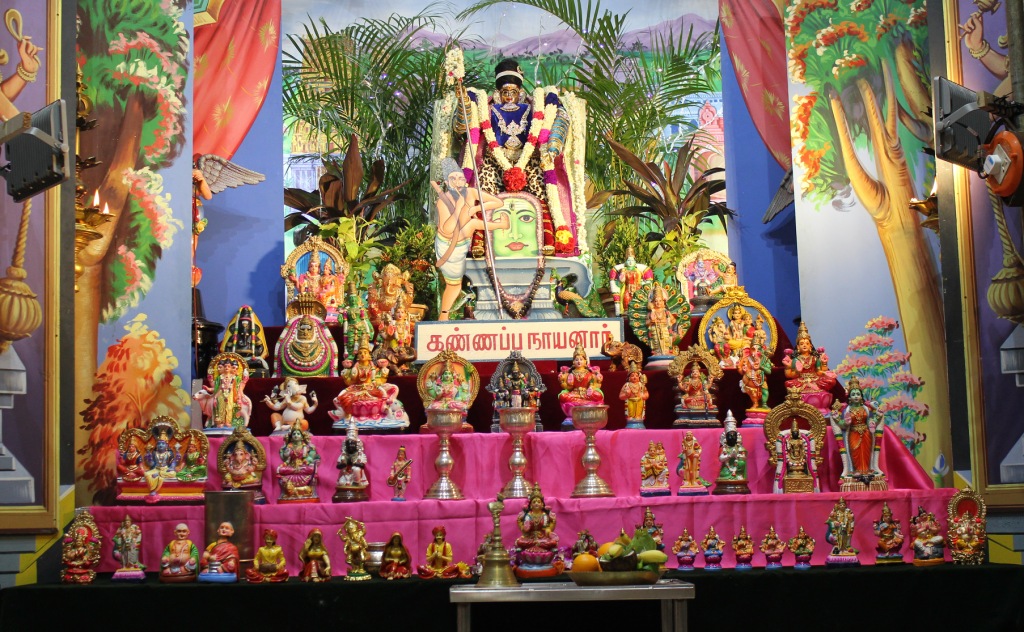
Navarathri
To download the Navarathri Alangara Vilakkam in Tamil Click here
Ramayanam

